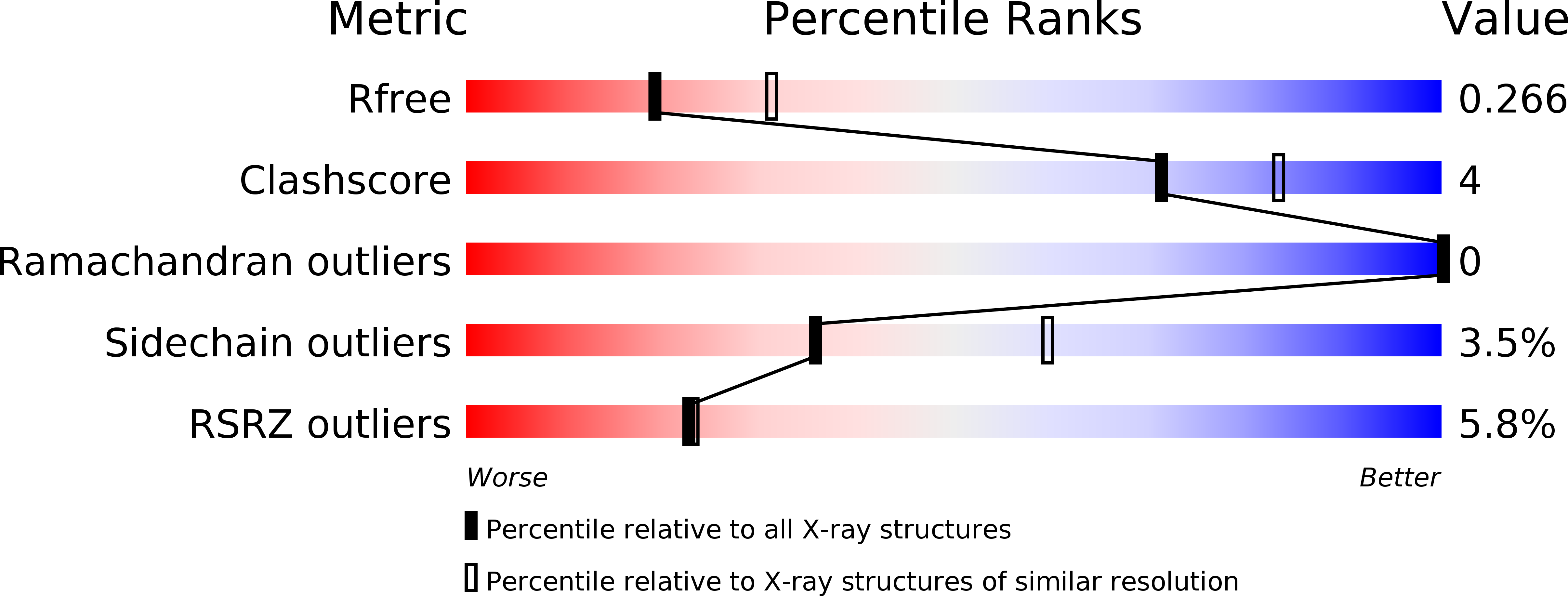
Deposition Date
2014-05-09
Release Date
2014-06-25
Last Version Date
2023-12-20
Entry Detail
PDB ID:
4D2C
Keywords:
Title:
Structure of a di peptide bound POT family peptide transporter
Biological Source:
Source Organism:
Host Organism:
Method Details:
Experimental Method:
Resolution:
2.47 Å
R-Value Free:
0.26
R-Value Work:
0.22
R-Value Observed:
0.22
Space Group:
C 2 2 21


